Be a part of the global 30 x 30 goal
Will you help conservation charities reach the 30 x 30 goal? It means that 30% of space on land and sea will be restored to nature by 2030 to address the terrible loss of nature across the globe.
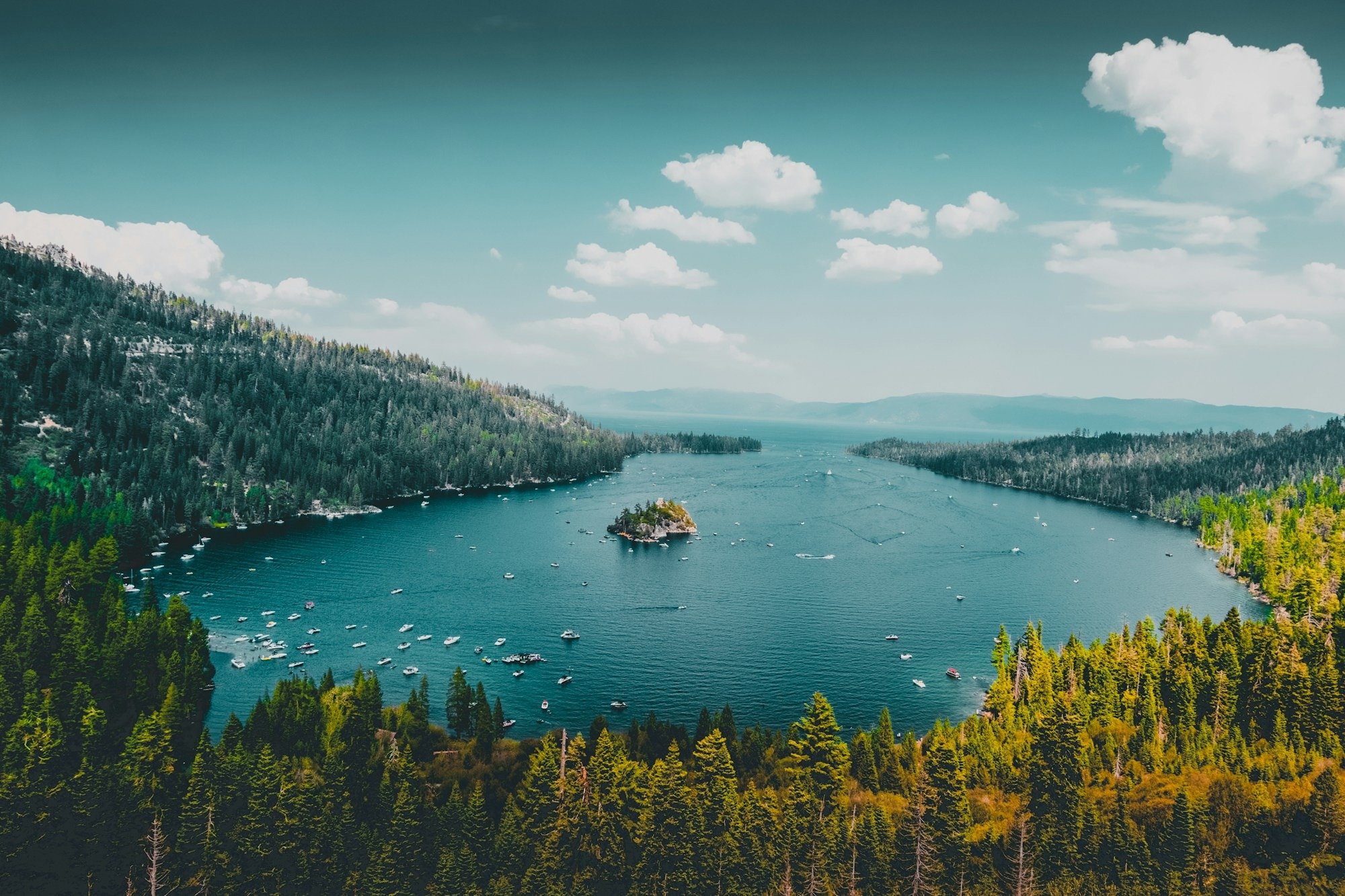
We need action
A UN report from 2019 estimates that about a million species are at risk of extinction. Biodiversity is declining at unprecedented rate. The Nature Conservancy says that we’ve lost 1.2 million square miles of wild land worldwide – about the same area as India – in the last 20 years.
There are some major players behind this drive, fortunately. One of these is the Swiss philanthropist Hansjörg Wyss and the Wyss Foundation. It has been supporting conservation for the last 20 years and it has now pledged an additional one billion dollars to help reach the 30 x 30 goal.
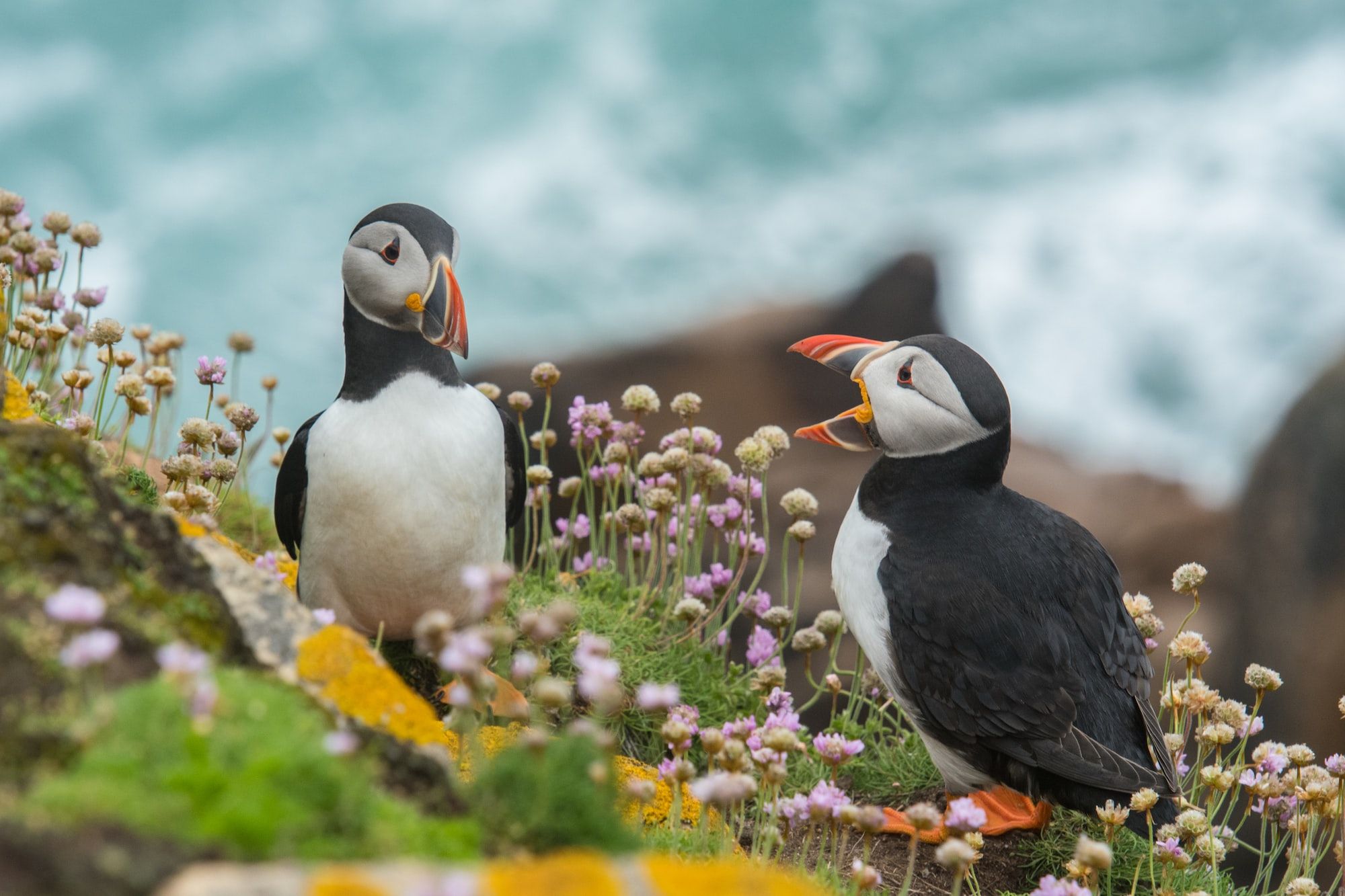
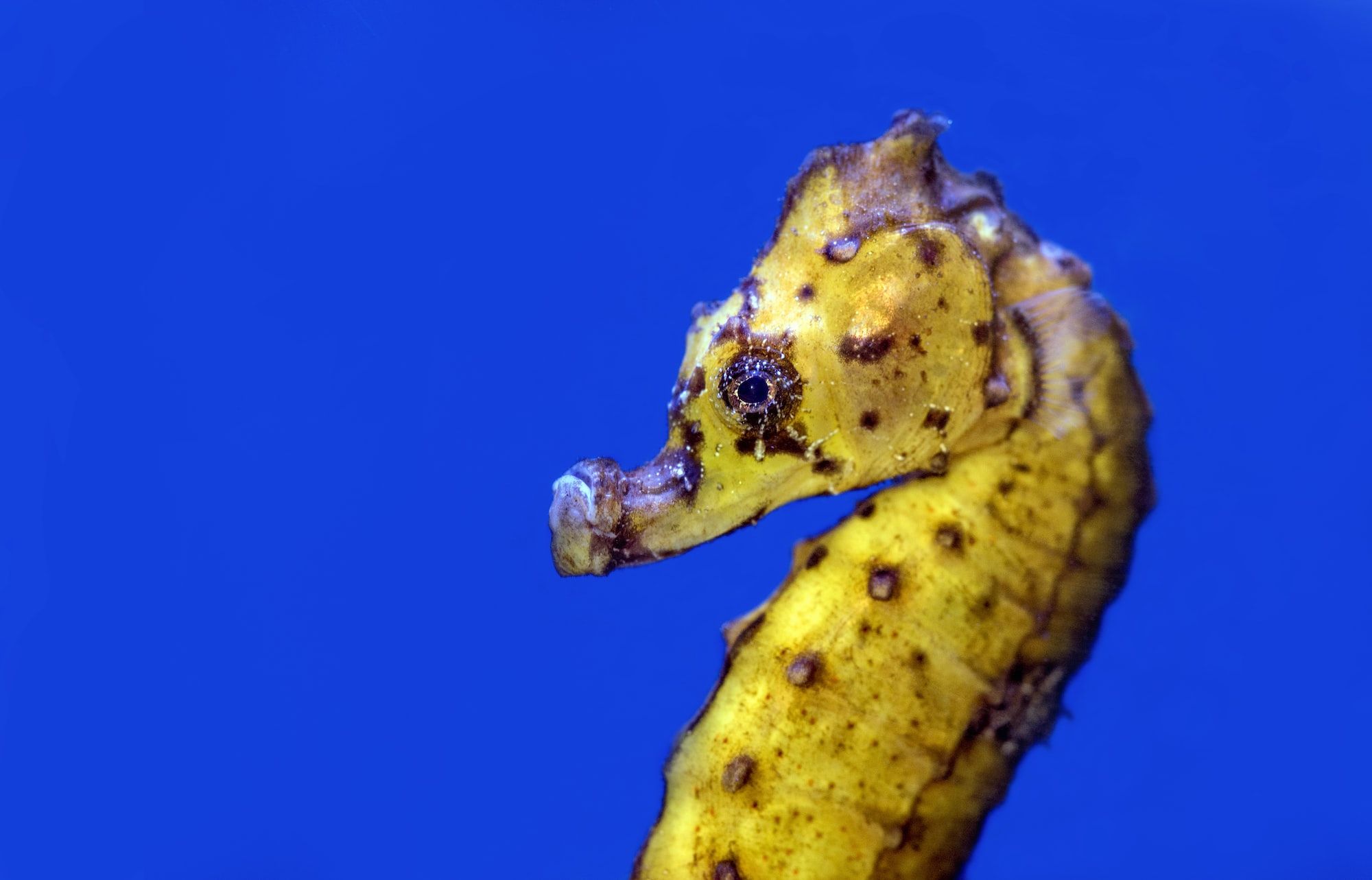
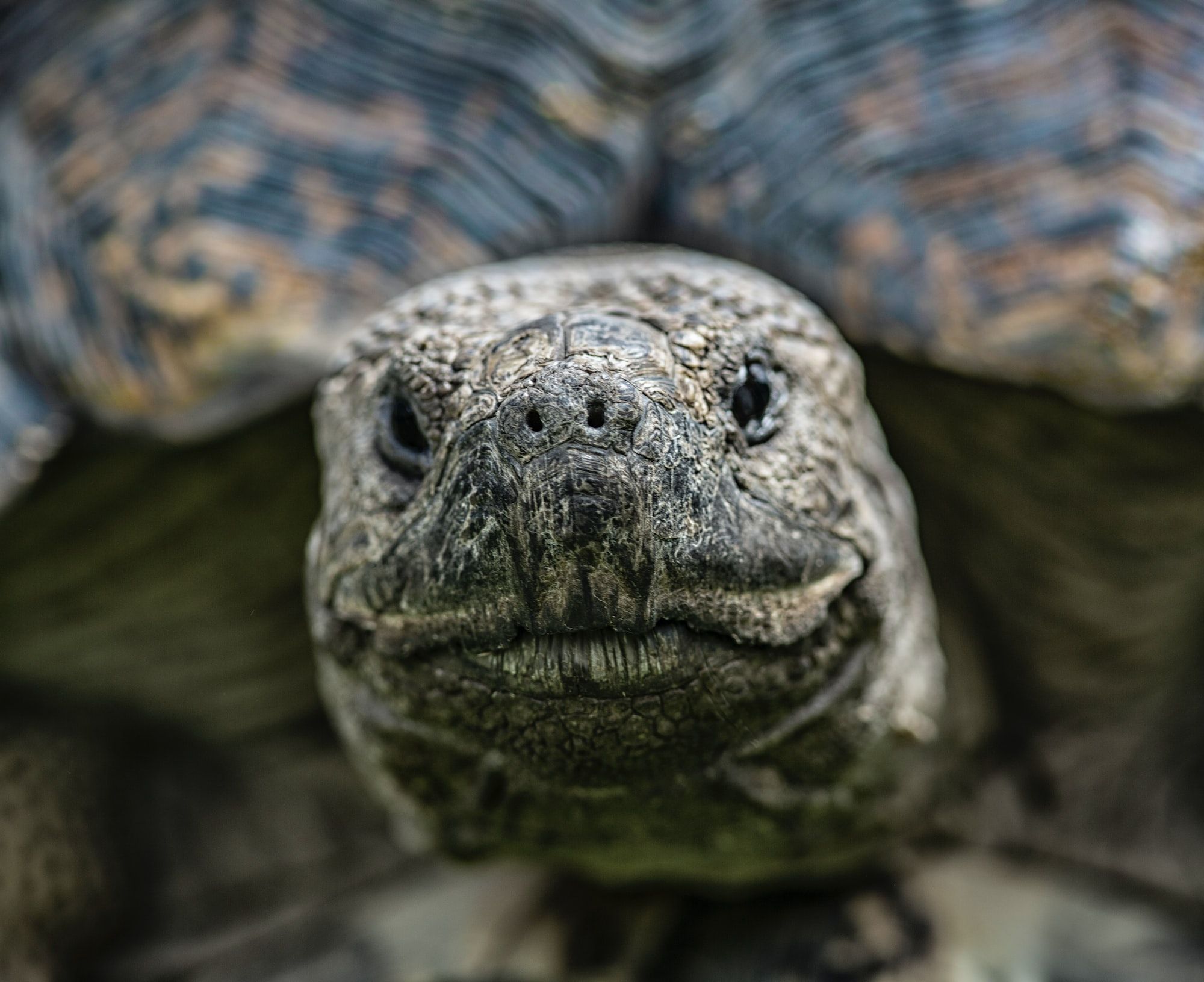
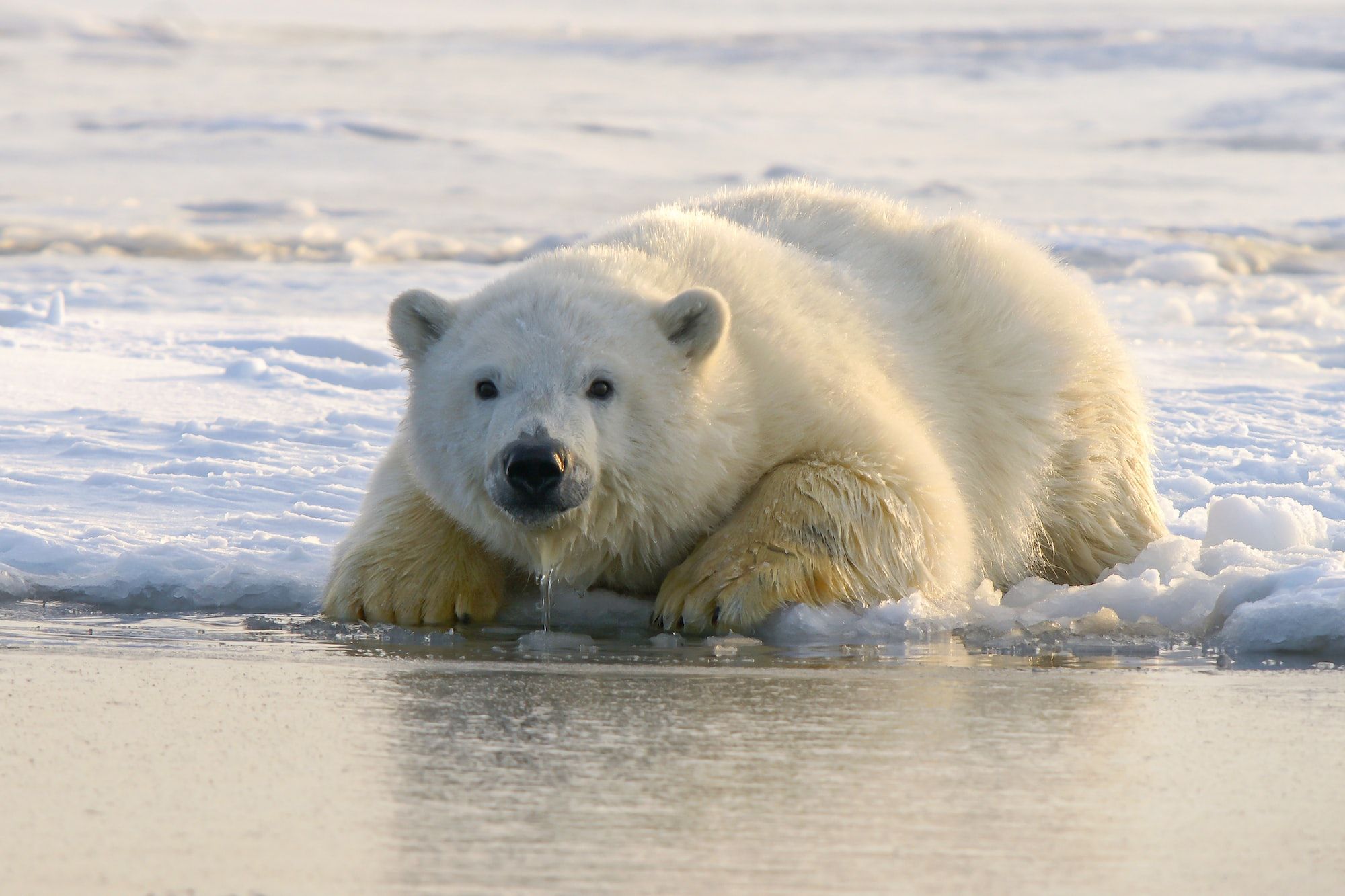
We can all do something
We can do lots of things towards the 30 x 30 goal, and the following list is by no means including everything! You’ll need to do some research, though we try to raise awareness of opportunities through this site.
There is a LOT going on already in the world of conservation towards the 30x30 goal already, and if we can all join in and get involved, so much the better.
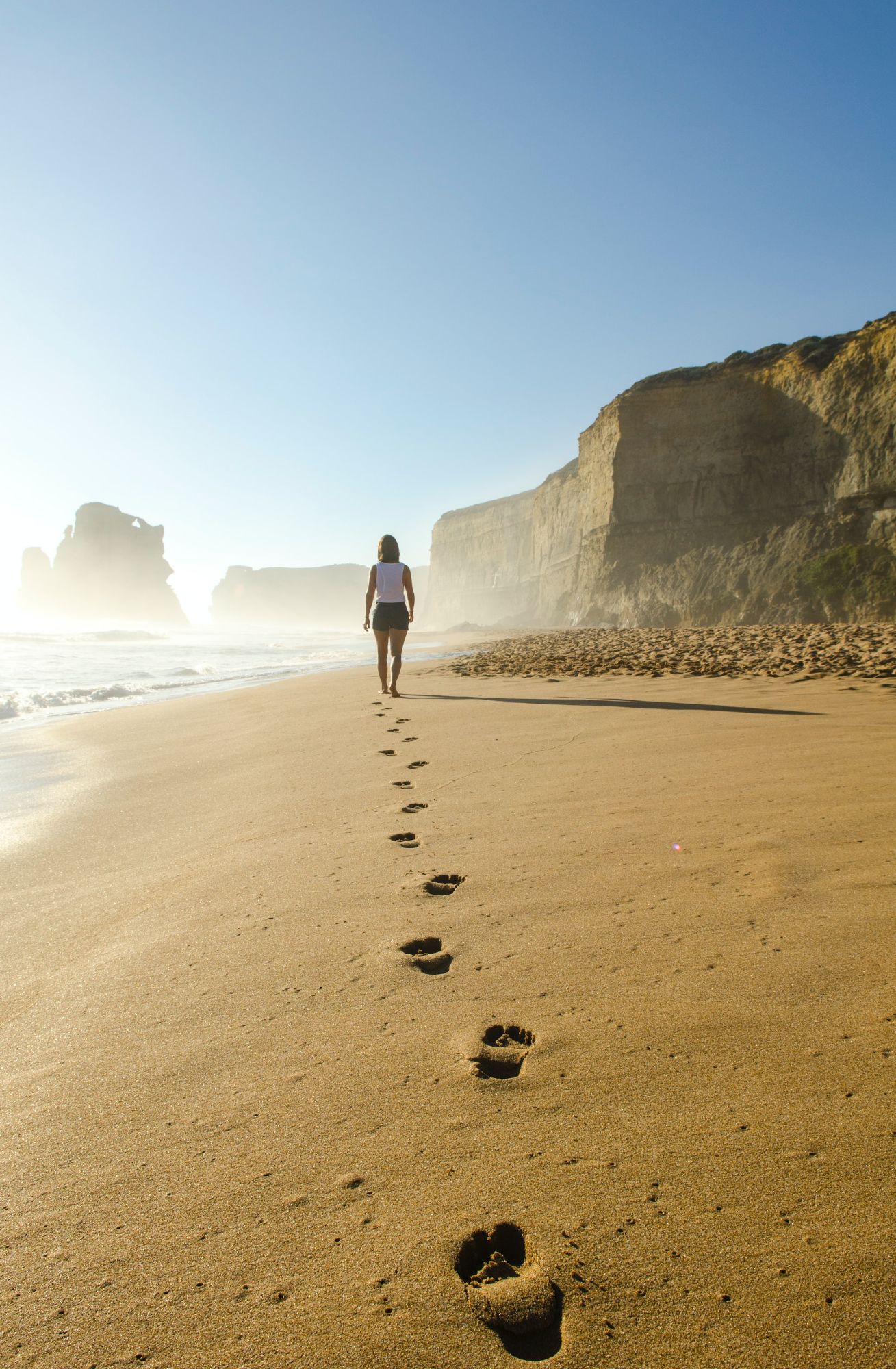
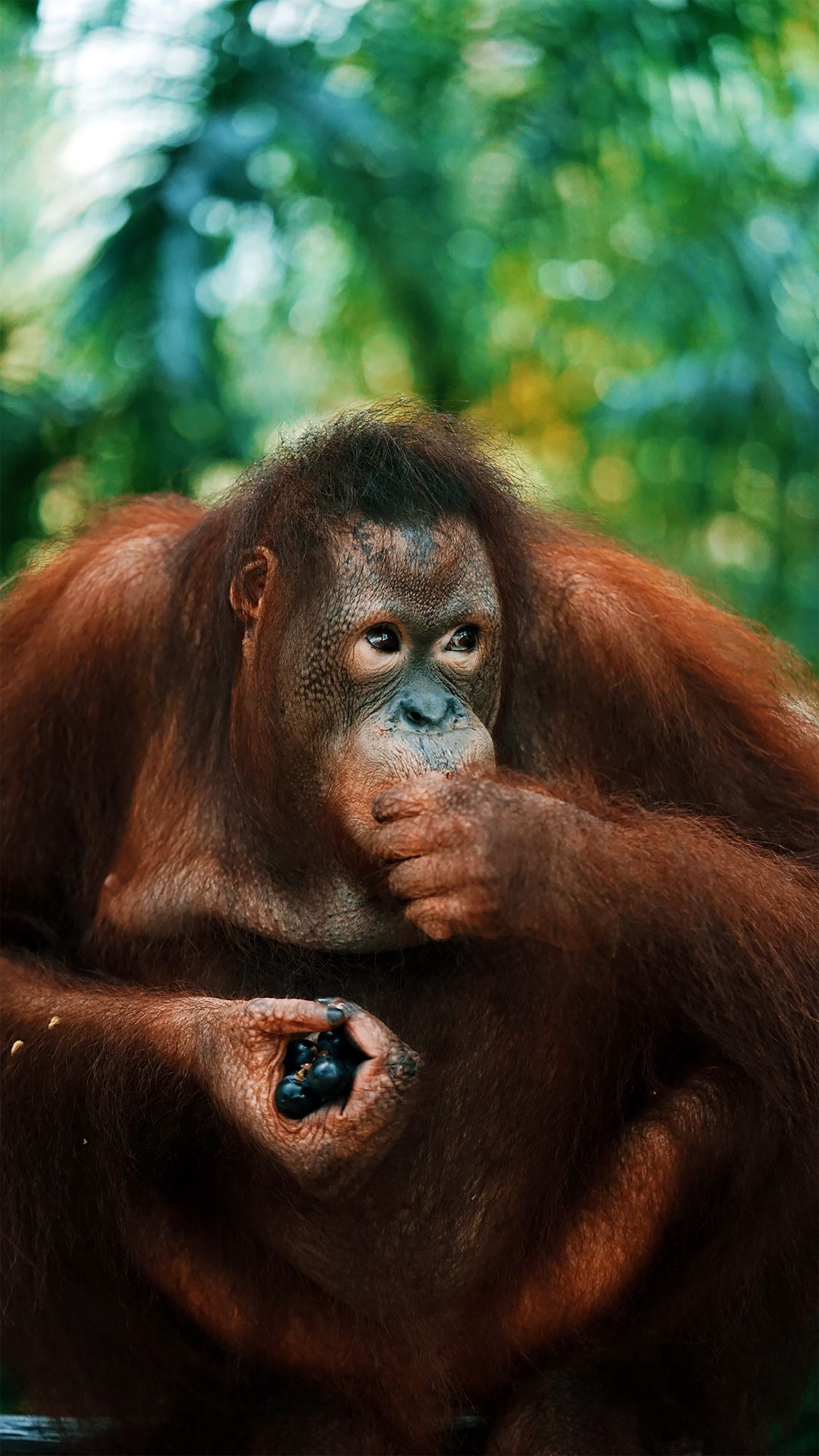
To support the purchase of land, we could
Support appeals to protect wild land
Sponsor an acre or ask friends for a birthday gift to sponsor an acre or plant a tree with recognised conservation charities.
Donate to appeals in memory of loved ones, so that their memory literally lives on.
Support land purchases and activities which connect wild spaces so that animals have more space to roam safely and connect with others
Get involved in campaigns to encourage people to think about wildlife and how they can connect – Hedgehog Street is a great example
Put pressure on governments to create marine protected areas
Sponsor a seagrass seed pod for sea and marine life lovers
Once land is bought, often the hard task begins of restoring land to nature so that wildlife and biodiversity can thrive. Appeals are often made to support this work – or volunteers are called on to help with working parties, so that you roll up your sleeves and get active. What is happening in your area that you could help with?
To support the restoration of land and sea, we could
We can donate some of our garden or outside space – balcony, patio – to wildlife with wildlife friendly areas and planting. We can view this as sharing what we have with nature – or giving land back to nature.
We can support campaigns to ensure our roadside verges can attract pollinators such as bees and butterflies, and insects. Plantlife is great at this.
We can support eco-engineers beavers as they beaver away to restore and create wetlands – a great many Wildlife Trusts have beaver projects running.
We can ensure the land is fit for wildlife – ensuring wildlife have water. Tigers4ever have a waterhole appeal which will give tigers and other species water.
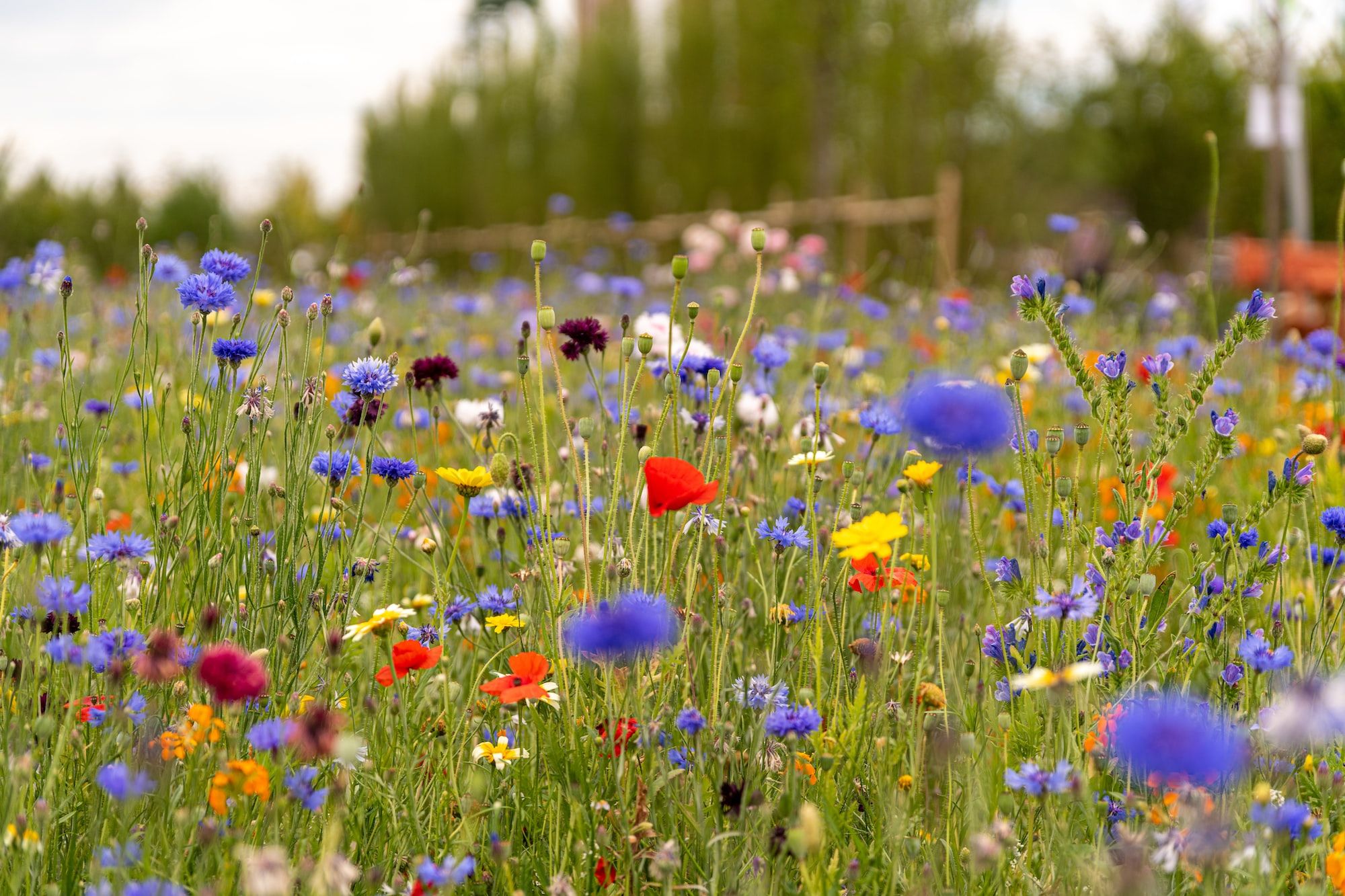
We can protect the land and sea
Support rangers who protect the land from illegal logging and poachers, and support initiatives to help them and train them to fight fires.
Protect our beaches, by taking part in beach cleans, using less plastic, and taking water companies to account who let raw sewage go into rivers, streams and on to our beaches. Take a look at Surfers Against Sewage and the Marine Conservation Society
Support efforts to hold sea as marine protected areas by putting pressure on those who represent us in government
Ask employers to nominate a charity which helps conservation – many conservation charities work with business, and it’s great PR for the business. Perhaps you could do a team building day helping a local conservation charity?
Learn more about unusual areas needing protection and why they matter – areas we wouldn’t normally think of, such as peatlands, wetlands, meadows (and how to grow wildflowers), grasslands, mangroves, seagrass, corals, islands, chalk streams, roadside verges.....
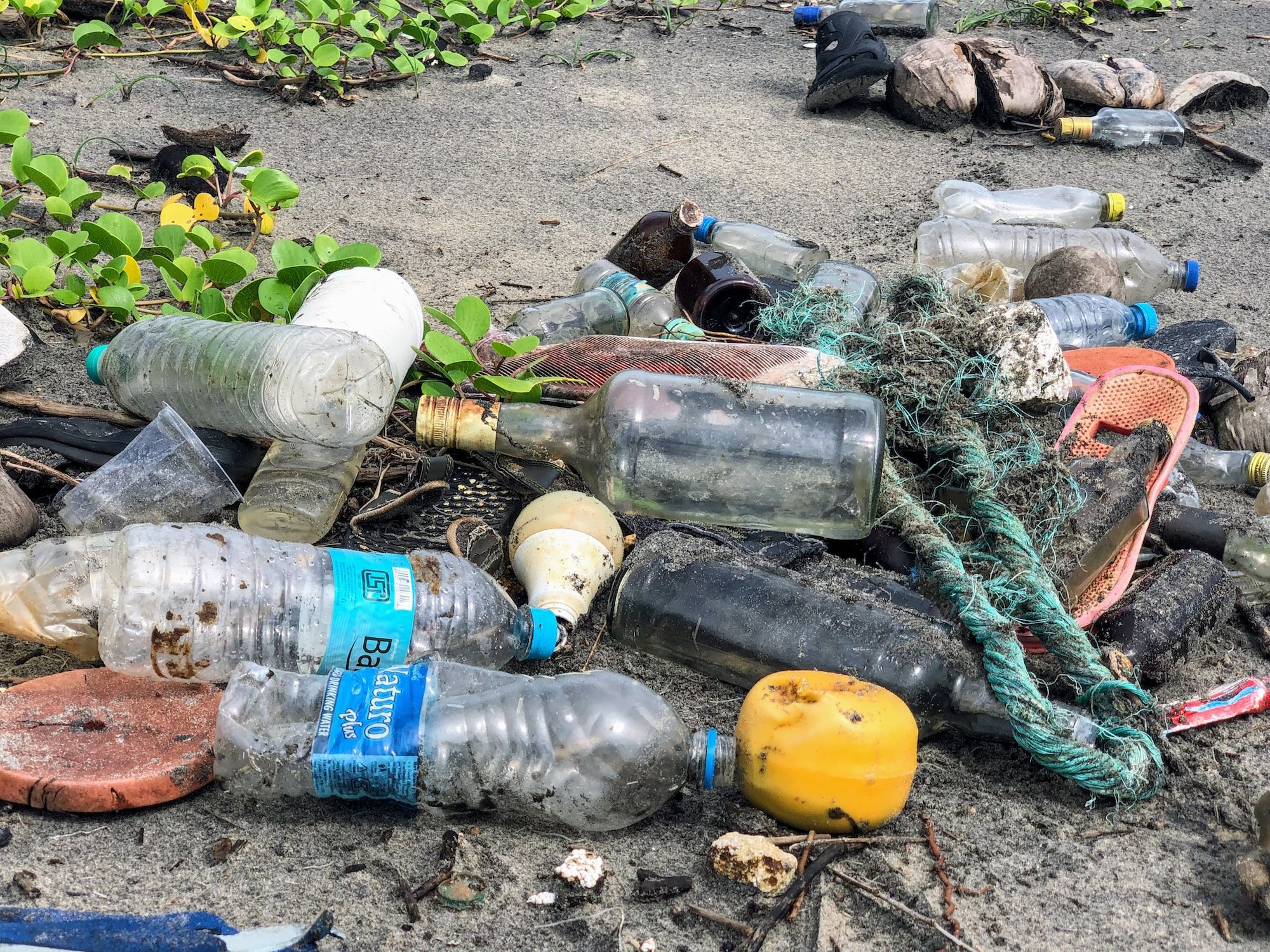
We can help prevent the change of land use
and support those who support nature on their land
Join in campaigns to protect the land that is already there, rather than allow for further human development which destroys habitat. Look to see what is happening in your area, and support appeals for help.
Find out about indigenous peoples who are dependent on the land as it is now, and who may be threatened by development or a change in land use. What can we do to fight their corner, and raise awareness of their very existence?
Ask ourselves how our lifestyle choices are affecting land use, not just in the initial choice but subsequent consequences. For example, cattle for meat need land; this is often acquired by clearing forest. The cattle also need feed and water, which also impacts on wildlife habitat. One choice could be to eat less meat or smaller portions. Pay attention to how things are packaged, what’s in them and where they were made.
Put pressure on governments and businesses to stop them destroying critical habitats. Take a look at Rainforest Rescue has an example.
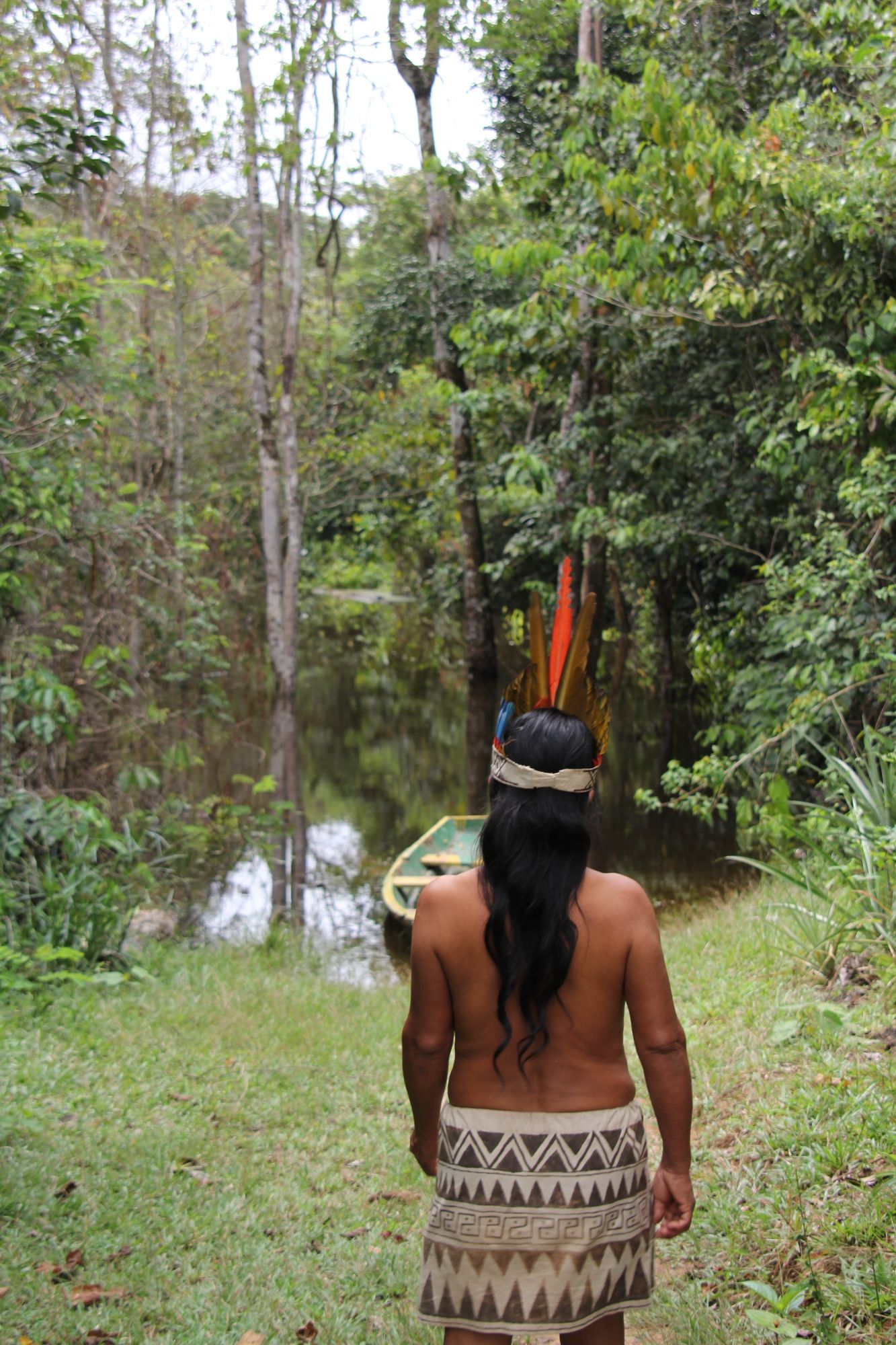
Focus on the 30 x 30 goal and take action
There is a great deal to do, so the more people we can get on board this journey to 30x30, the better.
Start looking at actions you could take – you will need to think about what you’re willing and able to do. The above is a few of the things we could do and here are some questions you could ask yourself:

- Look at your own garden to see what you can change there. The RSPB has lots of ideas of things we can all do, as does the WWT and the RHS. Many of their actions will cost nothing or very little.
- What is going on in your area that you can support? Many charities have branches or local groups around the country e.g. the ARC Trust (amphibians & reptiles), Butterfly Conservation, the Wildlife Trusts in the UK. The RHS has campaigns you can get stuck into to create a greener Britain, and for toad lovers, you could look at being a Toad Patroller.
- What is going on in your country? Are there campaigns to put pressure on politicians that you can support such as the #DefendNature campaign in the UK.
- What pulls at your heart strings? We all have our own “thing” be it species or habitat. My aunt was a huge orangutan lover. I adore bears. Protect one species and its habitat and you will protect millions of animals in that same area by protecting the habitat. What’s pulling at your heart? Is it a species, a type of habitat, a particular area of the world?
- Ask yourself what your wants are as opposed to your needs. We all probably guilty of wanting and buying stuff which we don’t actually need which puts a strain on the earth’s resources. For birthday gifts, ask friends to do something meaningful e.g. donate to a conservation charity or an appeal. Your gift will be the knowledge that you’ve protected an area of land or sea.
- Get discovering – immerse yourself into the world of conservation and come up with actions you can take that suit you, your energy, your time, your budget and your talents and abilities.
Be a citizen scientist!
We can also take part in surveys as citizen scientists to help with conservation efforts – the more charities know about where wildlife are in trouble as a result of these surveys, the better informed they are to decide where their efforts should be based. PTES have surveys you can take part in, for example. Data gives charities the information they need to show governments and those in power where efforts are needed to protect wildlife habitats.
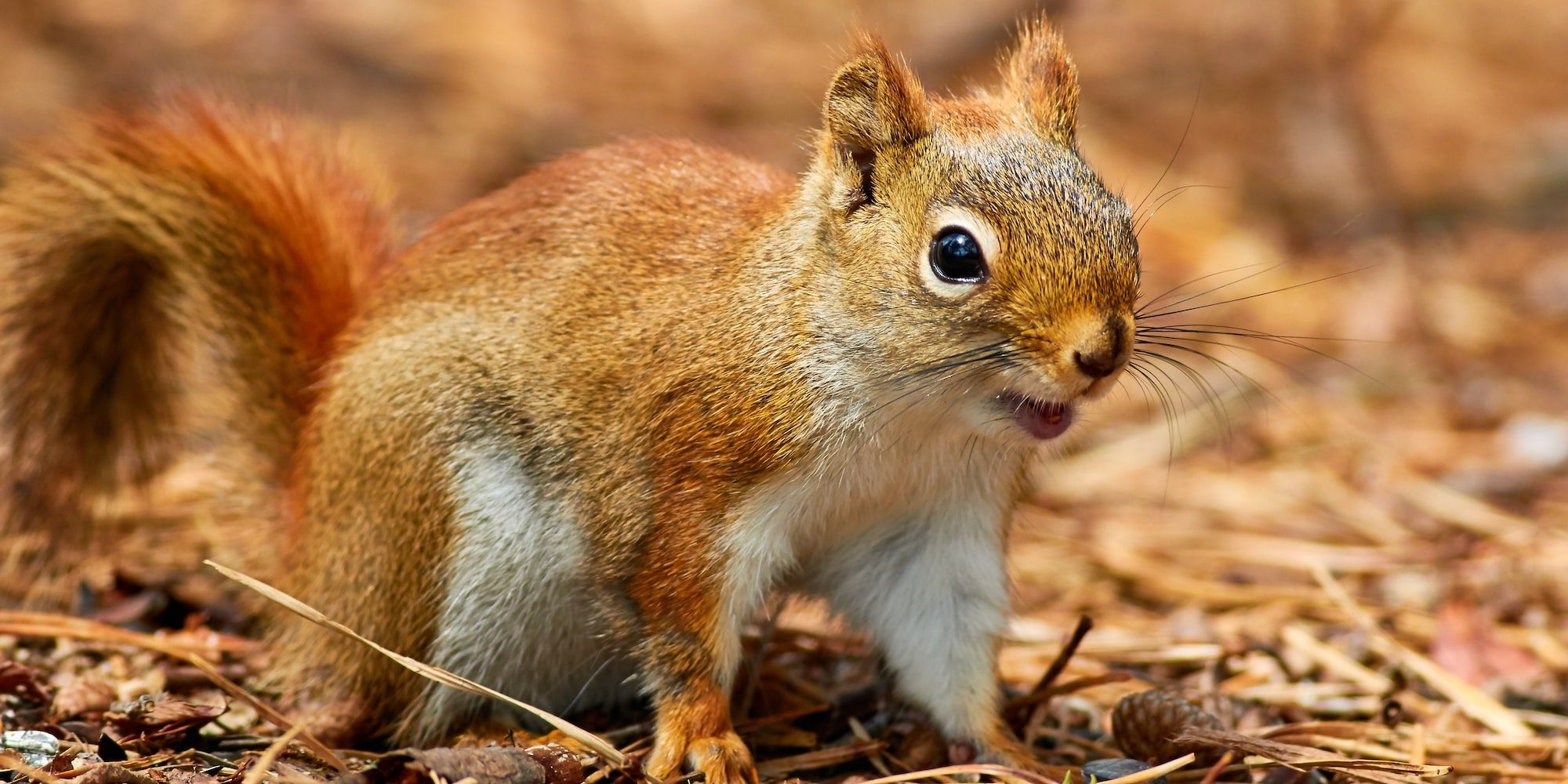
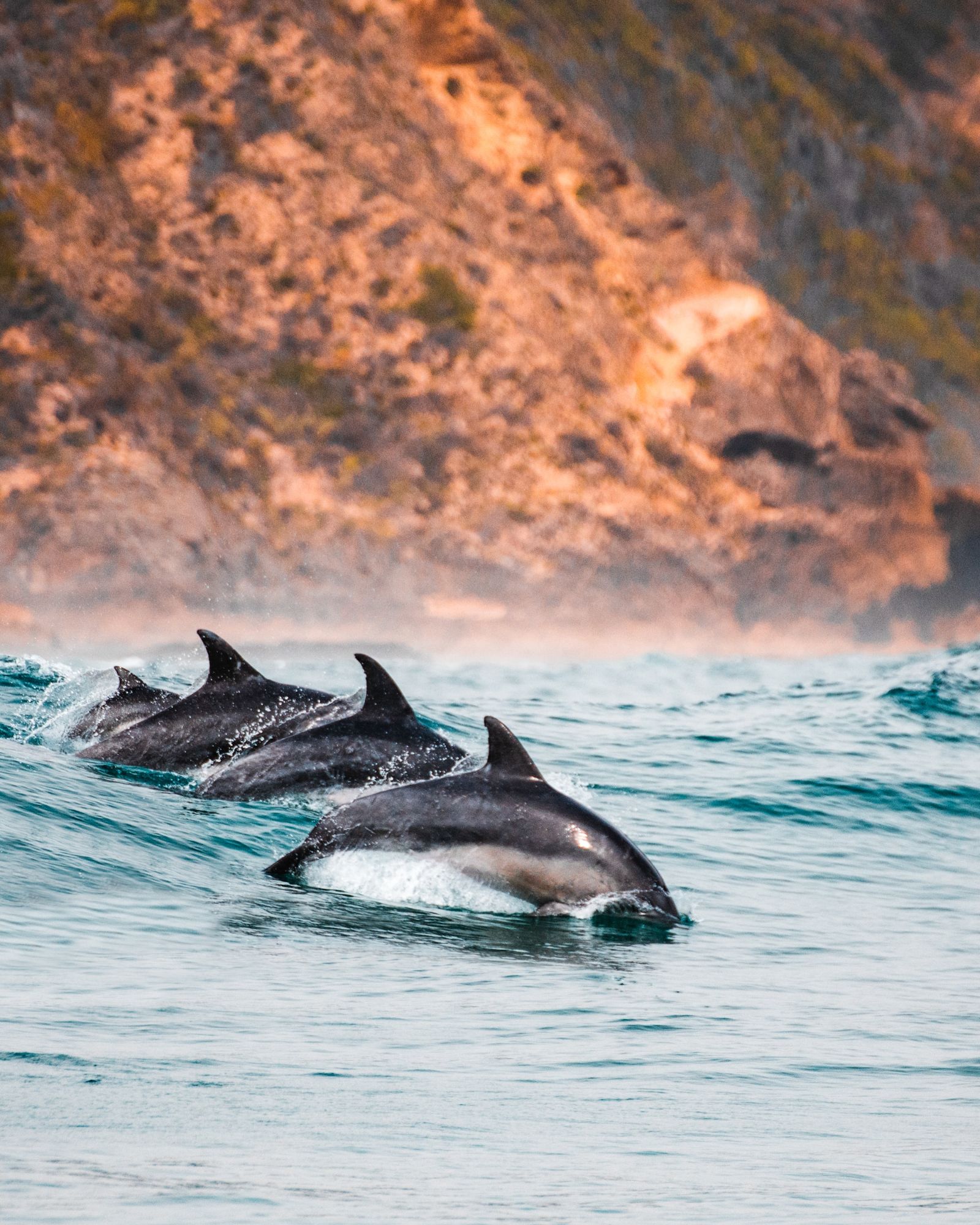
Please take action!
Start by taking one action. There’s no doubt about it, we will all need to give something to make this 30x30 goal succeed, whether it’s our time, space or money or energy. The two things we will certainly need to give it are focus and actual action, however small we might think the action is.
Doing nothing is no longer an option. Wildlife need us to act.